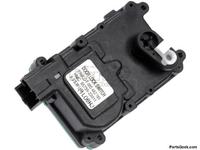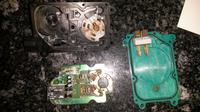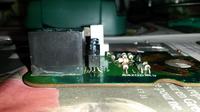Choose
Newbie level 6

- Joined
- Sep 12, 2015
- Messages
- 14
- Helped
- 0
- Reputation
- 0
- Reaction score
- 0
- Trophy points
- 1
- Location
- Leon, Spain
- Activity points
- 141
Hello all. This is my first post. I will try to be as brief as possible:
I am awkward at electronics, but nevertheless I don't give up and try to fix some little things. This time I have found that the door lock switch of my '98 Hyundai Accent has been damaged by water (sealing issues). I used Wurth Contact OL to remove rust but one of the components of the board has got broken while I was trying to remove the rests of the product with a piece of paper. I believe I can carry out the soldering work but I cannot identify the broken component. My searches (and the letters printed on the board ) lead me to believe it is a zener diode, but what kind? There are no markings on it.
) lead me to believe it is a zener diode, but what kind? There are no markings on it.
I have thought about asking the local shop to give me a selection of the most common types and go the trial and error way, but I am afraid I could fry other thing... So, could someone guess, by the pictures of the board, what kind of component I need to have all the doors of my car closed in one move like in the old good times?
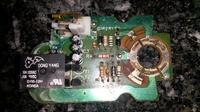
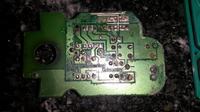
I am awkward at electronics, but nevertheless I don't give up and try to fix some little things. This time I have found that the door lock switch of my '98 Hyundai Accent has been damaged by water (sealing issues). I used Wurth Contact OL to remove rust but one of the components of the board has got broken while I was trying to remove the rests of the product with a piece of paper. I believe I can carry out the soldering work but I cannot identify the broken component. My searches (and the letters printed on the board
I have thought about asking the local shop to give me a selection of the most common types and go the trial and error way, but I am afraid I could fry other thing... So, could someone guess, by the pictures of the board, what kind of component I need to have all the doors of my car closed in one move like in the old good times?





